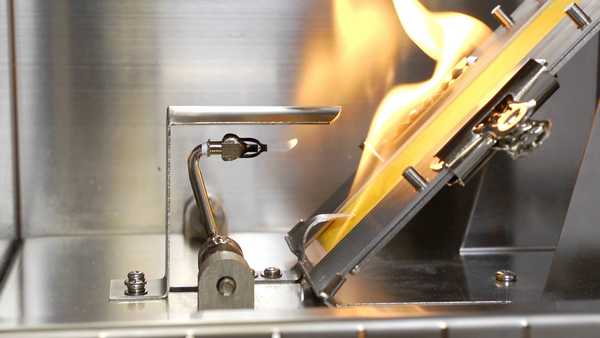- Qinsun Instruments Co., Ltd.
- Tell:+86-21-6780 0179
- Phone:+86-17740808215
- Address:No. 2578 Minhang District Gu Dai Road, Shanghai
- Contact:Mr. Li
- QQ:846490659
Installing a thermal desorption instrument

User Notice:
Users need to ensure that their site preparation meets all requirements for instrument installation, including site size, power supply, air supply, and other necessary items related to installation.
According to the size and weight specifications indicated on the outer packaging of the instrument, select an appropriate experimental platform (recommended to be at least 50cm long and 80cm wide), and ensure that it maintains a distance of more than 20cm from the wall.
(The thermal desorption instrument will be placed on the left side of the GC)
To ensure the optimal performance of the thermal desorption instrument, the operating environment must meet the requirements. Any excessive changes in the temperature of the environment may affect the normal performance of the instrument.
Operating temperature range: 15 to 30 ° C
Operating humidity range: 5to95%, no condensation
Recommended altitude requirement range: below 2500m
Power requirements:
Voltage range: 90-230V (it is recommended to add a stable backup power supply)
Frequency (Hz): 47-63 (Hz)
Maximum power (W): 650 (W)
Voltage requirements: single-phase AC 220-230V, 50-60Hz, with good grounding. The zero line to ground voltage should be less than 2.5Vrms
If the voltage is unstable, a regulated power supply with a power of approximately 1 kilowatt is required.
Prepare one qualified universal wiring board, with a total of no less than two flat triangular wiring sockets.
Gas source requirements:
1. Carrier gas requirement: High purity helium (or N2), purity>99.9995%.
2. Requirements for purging gas: zero level air or high-purity nitrogen, with nitrogen purity greater than 99.999%
3. Carrier gas pressure range: 0-60psi
4. Purge gas pressure range: 45-55psi, recommended 50psi
During the installation and on-site training provided by the engineer, the user responsible for operating the instrument must be on-site throughout the entire process to avoid missing important operation, maintenance, and safety information.





